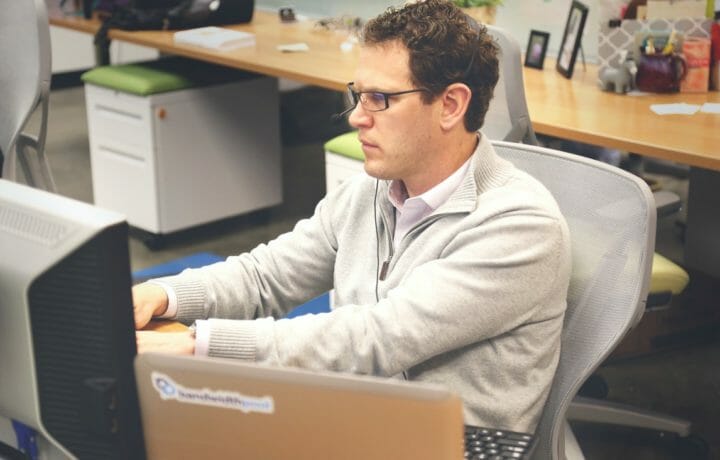A recent new report from the New York Federal Reserve Bank found that many businesses want more of their employees to report back to the office (in part to fill up empty office space), but the report also found that companies are also keeping some hybrid work arrangements in place. As employers are finding out, a partial work-from-home option is a big selling point when either hiring to fill positions or to keep positions filled with workers already on the job. With unemployment near a 55-year low of 3.6%, and a labor shortage predicted to last for at least a year, companies are making work arrangement concessions that before COVID were not available to most workers.
The Sweet Spot for Everyone
Businesses have tried different return-to-office models and 80% report that if they had to do it over again, they would approach it differently. A lot of business leaders have accepted the hybrid work model as a permanent reality where employees work from home a certain number of days and in the office for the rest of the work week.
The sweet spot for employees seems to be two days in the office and three days working from home.
As of July, only 59% of employees were fully back in the office while 29% reported are in a hybrid work model; 12% are in a fully remote model.
The two-day hybrid model works so well because that it gives teams an opportunity each week to meet in person and it keeps the teams connected physically. Companies using this model also report an increase in efficiency more so than working fully remote and connecting via a tele-conferencing video platform.
Even companies with a three-day onsite policy are receiving pushback from employees; the two-day model seems to be accepted by employees as the best of all three options: fully onsite, fully remote, or the two-day hybrid.
The Hybrid Work Push
Some organizations are still in the denial phase when it comes to ineffective return-to-office policies; however, after seeing their efforts are not working are now moving into the acceptance phase that fully onsite employees is not going to happen; once they come to accept that reality, they are now willing to look at more realistic work models. The companies that have the hybrid in place were able to do so quickly because they listened to what their employees wanted instead of telling them what was going to happen. In this post-covid period of low unemployment, employee buy-in of the work model is key to having happy employees.
And when the boss empathizes with the employee, it goes even better. Sitting in an office upstairs making decisions as to what they think is the best for the company is a lot different than actually meeting with employees and asking them what they think is best for them and the company. The employees of today want to be heard and not dictated to unlike the employees of just a decade ago.
As the saying goes, “There is no I in Team”.




